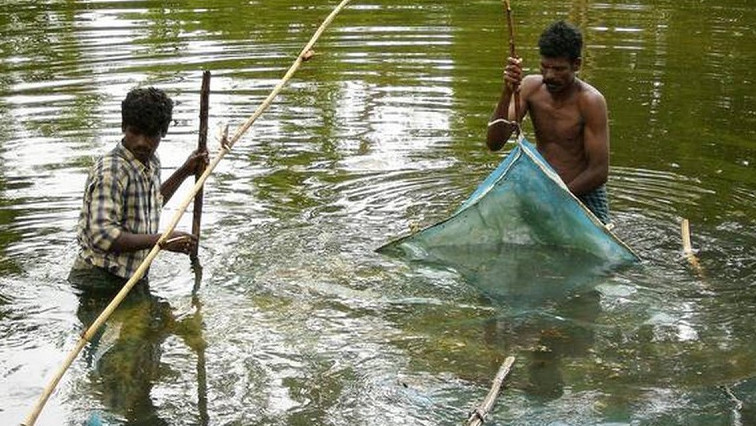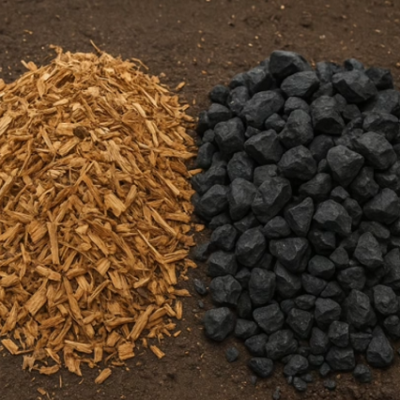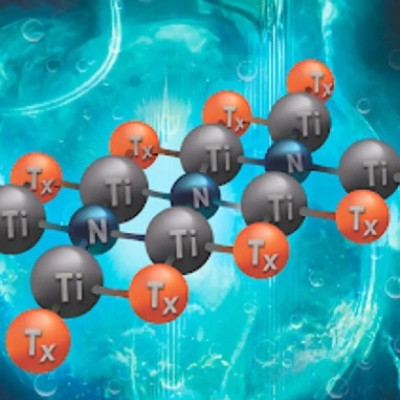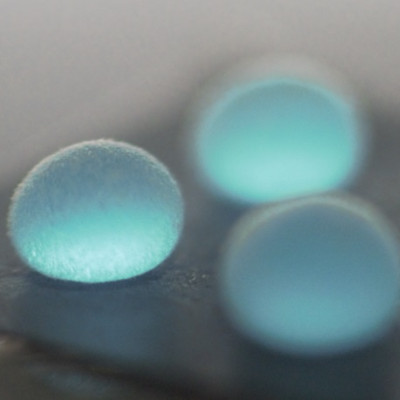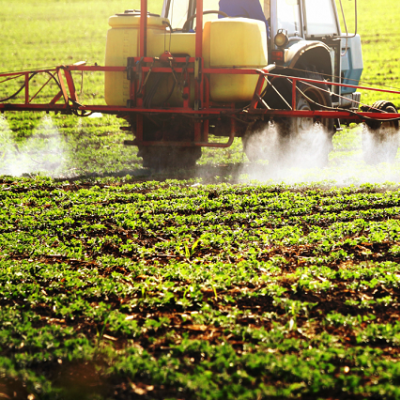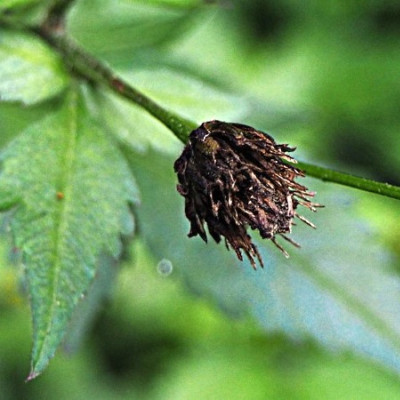Biofouling, a recurring problem, is affecting the aquaculture sector significantly impacting fish production from aquaculture cages, leaving the sector concerned.
Adverse effects
Biofouling causes clogging of meshes and reduces the water circulation in cage nets, thus minimising the size of mesh opening.
It leads to the blockage of food waste and anoxic conditions inside the cages, thereby reducing the survival rate and the health of fishes. It is also pointed out that biofouling of aquaculture nets also cause severe maintenance and operational problems and its management needs about 25 per cent of the total production cost, he said.
Nano coating
CIFT’s technology uses polyaniline and nano copper oxide. Aquaculture cages are fabricated primarily with high-density polyethylene (PE) webbings whose surface is to be coated with polyaniline and nano copper oxide and exposed in the open sea and estuarine environment.
P Muhammed Ashraf, Principal Scientist at CIFT, said field exposure studies were conducted at Vishakapatnam (open sea) for six months by exposing two treated webbings. The results showed a significant biofouling resistance.
The study concluded that the nano copper oxide present in the matrix acted as a point source above the electron clouds of polyaniline, preventing initialisation of biofilm. The results highlighted the potential application of polyaniline to modify the non-polar surface of polyethylene to load active biocides to prevent fouling in cage aquaculture.
From the field exposure studies, the results revealed a great potential for polyaniline with nano copper oxide against biofouling in aquaculture cage nets. This technology has to be promoted further for commercialisation, he added.
CN Ravishankar, Director, CIFT, said that India’s fish demand would have risen to 18 million tonnes by 2030 and it requires an additional seven million tonnes in a decade.
With the capture sector plateauing, most of this demand should be met by aquaculture, especially mariculture, which is expected to make a significant contribution in the fish supply in the country.
Fouling control is one area where there are not many easy-to-use technologies. This CIFT technology would greatly minimize fouling, which will have a cascading impact on the profitability of mariculture operations, he said.
Read the original article on The Hindu Business Line.

